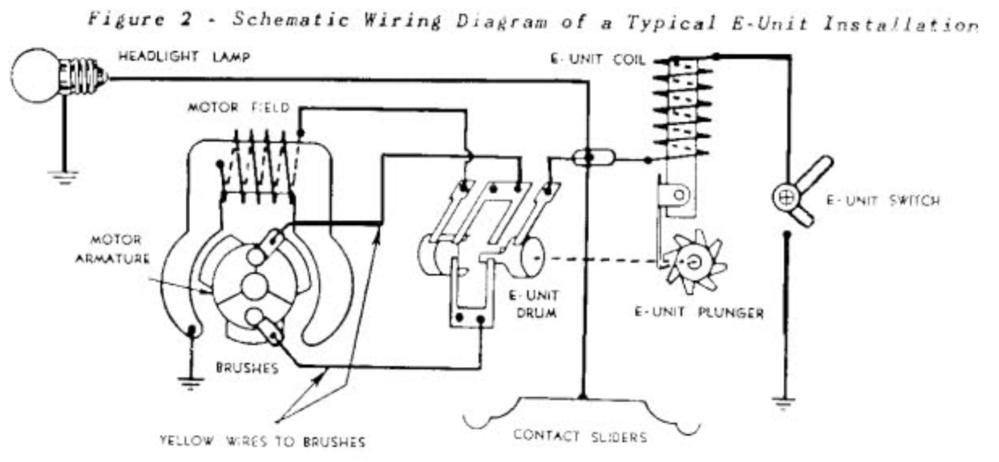pull the side rods and make sure nothing is binding the wheels.
unhook the e unit and see if it runs then.
have you tried a different engine on your track to make sure the transformer of track isn't the problem? I've had track problems pop up out of now where, usually a switch or section of track shorting out. I set up my Uncle's train board this christmas, everything ran fine, set up the tree and then nothing. Traced it down to bad wires for the RC track.
I am working on this at the bench so I am not even using track I make hardwire connections. I have other engines that run fine so my setup is OK.
When I started on this engine I bypassed the e-unit and it ran. Now nothing. And I checked even the resistances between the drum and contacts and it is fine. Everything is clean and pretty. I do notice that now when I try to bypass the e-unit the motor hums and the field winding gets hot.
I cleaned everything with naptha (lighter fluid) including the motor brushes. Naptha dissolves all the carbon residue and old grease and oil like magic and leaves everything clean and de-greased. The motor is immaculate. The wiring is good I have the wiring schematics as a guide.
I am clearly missing something so until I find anything new I have to keep grinding at it. I once had a problem with a stereo receiver that took me 4 months to find. Just all of a sudden one day I looked at it and saw what was wrong. This is why when I was in banking we always had two different people check figures or whatever because it is extremely difficult for one individual alone to pick up a mistake especially if he caused it.
What I have done many times with complex amplifier issues is to use a working one as a model to compare voltages etc. I will probably resort to that if necessary.
The thought of a bad armature I think is unlikely considering all I hear about how bullet proof these motors are - but you DO see enough non working motors around so I don't know. These don't seem like delicate motors that are easily damaged.
I have a wheel puller so if I decide to change the armature its no problem. In the meantime I'm going to order some new brushes. And maybe an armature LOL.





